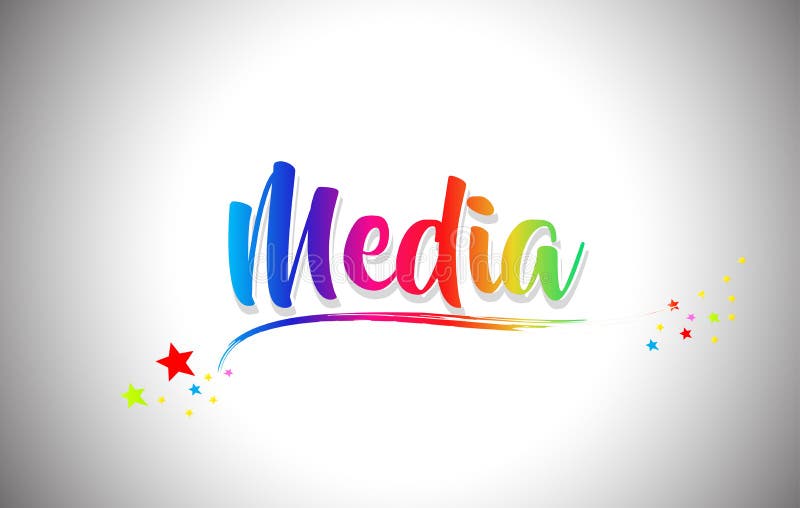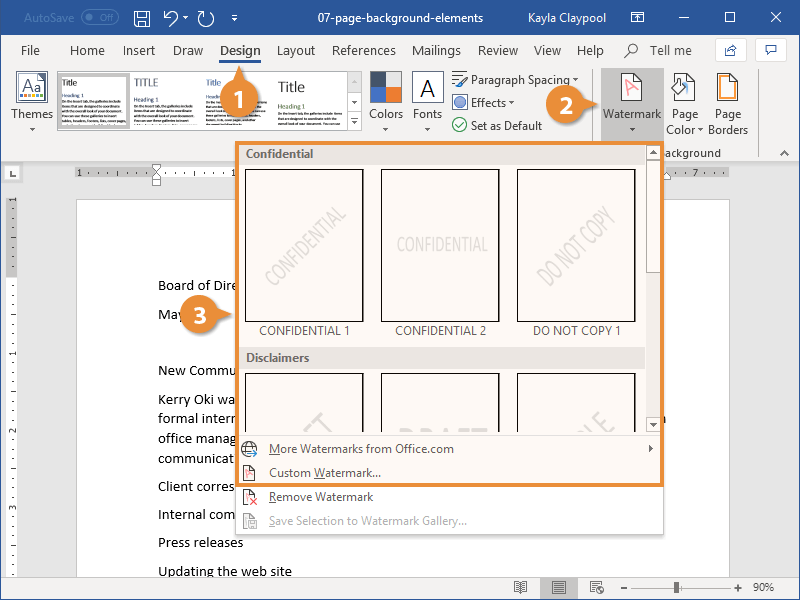
If you switch to a different document theme for your workbook, nontheme colors aren’t changed. Why? First of all, those ten colors were chosen because they “go together” (well, at least somebody thought they did). In other words, avoid using the More Color option, which lets you select a color. nĮven though you have access to an unlimited number of colors, you might want to stick with the ten theme colors (and their light/dark variations) displayed in the various color selection controls. Keep in mind, however, that some printers may override this setting, and the text may be visible when printed. The cell contents are still visible in the Formula bar when you select the cell. To hide the contents of a cell, make the background color the same as the font text color. Both of these color controls are also available on the Mini toolbar, which appears when you right-click a cell or range. Control the cell’s background color by choosing Home Font Fill Color. You control the color of the cell’s text by choosing Home Font Font Color. Excel 2010 allows a virtually unlimited number of colors. Prior to Excel 2007, workbooks were limited to a palette of 56 colors. You can change the color of the text or add colors to the backgrounds of the worksheet cells. Reviewing the Available ActiveX ControlsĬhapter 6: Worksheet Formatting Using Colors and ShadingĮxcel provides the tools to create some very colorful worksheets.Understanding the Different Web Formats.Working with External Reference Formulas.Using Formulas for Data Validation Rules.Types of Validation Criteria You Can Apply.Displaying a Sparkline for a Dynamic Range.User Interface Choices for Modifying Chart Elements.Understanding the Dimensions of an Array.Conditional Sums Using Multiple Criteria.Conditional Sums Using a Single Criterion.Creating Custom Views of Your Worksheet.Preventing Certain Cells from Being Printed.Copying Page Setup Settings across Sheets.Adding a Header or Footer to Your Reports.Using Named Styles for Easier Formatting.Adding a Background Image to a Worksheet.Entering Dates and Times into Your Worksheets.Entering Text and Values into Your Worksheets.Specifies the pattern to be used to lay the pattern color over the background color.įor example, w:val="pct10" indicates that the border style is a 10 percent foreground fill mask.

Values are given as hex values (in RRGGBB format).

Specifies the color to be used for any foreground pattern specified with the val attribute. Values are given as hex values (i.e., in RRGGBB format). Specifies the color to be used for the background. There are also several theme-specific attributes, such as themeColor, themeFill, themeFillShade, etc. The most commonly used attribute values are below. Setting the background color, then applying the pattern and pattern color.

The resulting shading is applied by first Shading consists of three components: background color, an optional pattern, and an optional pattern color. Specifies the shading for the contents of the run: Each is applied with child elements within There are a few text properties related to shading and highlight of text. Absolute Positioning or Floating Tables.


 0 kommentar(er)
0 kommentar(er)
